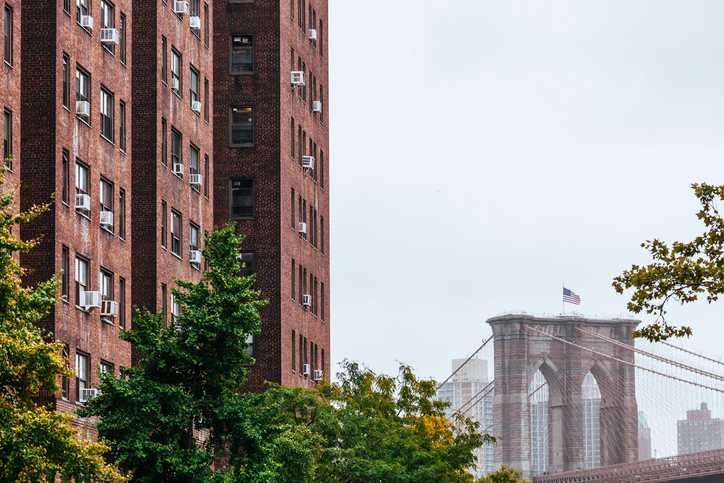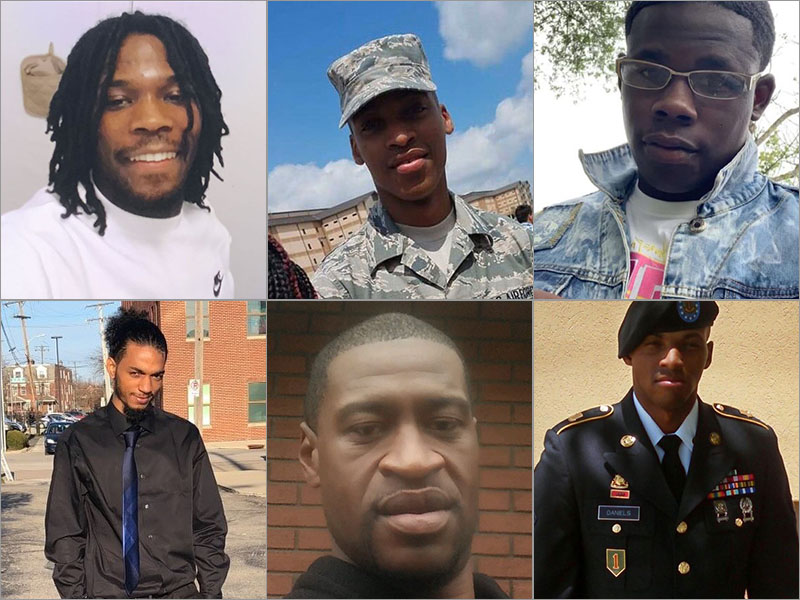What Are The Projects? A Brief History Of Public Housing
What Are The Projects? A Brief History Of Public Housing In America

Updated: May 19, 2025 at 8 PM EST
The projects, often referred to as public housing or government-subsidized housing for low-income individuals and families, have a long and complex history. While it has been a source of affordable housing for many people, it has also been the subject of controversy and criticism. Let’s take a closer look at the history of public housing, including its origins, development and challenges.
The Origins of The Projects
The projects has its roots in the late 19th and early 20th centuries when housing conditions in urban areas were often deplorable. In the United States, cities were rapidly industrializing, and immigrants were pouring in from Europe and Asia, seeking work and a better life. However, housing for these newcomers was often overcrowded, unsanitary, and unsafe. In response to these conditions, social reformers began advocating for government intervention to improve housing for the poor.
Under the New Deal, enacted by President Franklin D. Roosevelt, the Housing Act of 1937 was passed. It launched the start of the federal public housing program. The goal of the project was to provide affordable housing for low-income families, while also creating jobs and stimulating the economy. But the program came at the detriment of some Black families living in America.
According to the National Low-Income Housing Initiative (NLIHI), before the housing act was officially passed, Techwood Homes in Atlanta was one of the first public housing projects to be constructed under the New Deal in 1935. Sadly, hundreds of Black families were evicted from the area to create the 604-unit whites-only neighborhood. “That same year the Supreme Court ruled the federal government lacked authority to seize property through eminent domain—but local PHAs did have this authority, allowing them to act without proper oversight regarding the placement of public housing,” according to the NLIHI.
The federal government continued to create segregated public housing throughout the late ’40s. But the practice eventually came to a halt in 1948 after the Supreme Court struck down the FHA for the unfair practice.
The Development
Following World War II, public housing experienced a period of rapid growth, as the federal government poured money into building new projects. This was driven in part by a post-war housing shortage, as returning soldiers and their families needed places to live. It was also influenced by the belief that public housing could help solve social problems such as poverty, crime and racial segregation.
During this period, many large-scale public housing projects were built, often in isolated areas on the outskirts of cities. These projects were designed to provide modern, affordable housing for low-income families, but they also had unintended consequences. They often became magnets for crime and social problems and were criticized for isolating poor people from the rest of society.
Sadly, even though housing segregation was fully outlawed by the 1960s, the production of segregated housing communities persisted throughout the late ’60s and ’70s, according to Homes Now.
The Challenges of Public Housing
In the decades that followed, public housing faced a number of challenges. One of the biggest was the stigma attached to living in public housing. Many people saw it as a sign of failure and felt that it was a trap that kept people in poverty. Additionally, funding for public housing was often inadequate, leading to a lack of maintenance and the deterioration of buildings.
In recent years, there has been a shift towards a more mixed-income approach to public housing, which involves blending affordable housing with market-rate units. This approach is intended to reduce the concentration of poverty in specific areas, while also providing affordable housing for a wider range of people.
The history of the projects in the United States is a complex one, with both successes and failures. While public housing has provided affordable housing for millions of low-income families, it has also been the subject of criticism and controversy. Moving forward, it will be important to find new approaches to public housing that are sustainable, effective, and responsive to the needs of the communities they serve.
SEE ALSO:
The 7 Most Infamous U.S. Public Housing Projects
Larry Hoover: A Comprehensive Look At The Life and Legacy of The Notorious Gang Leader

















